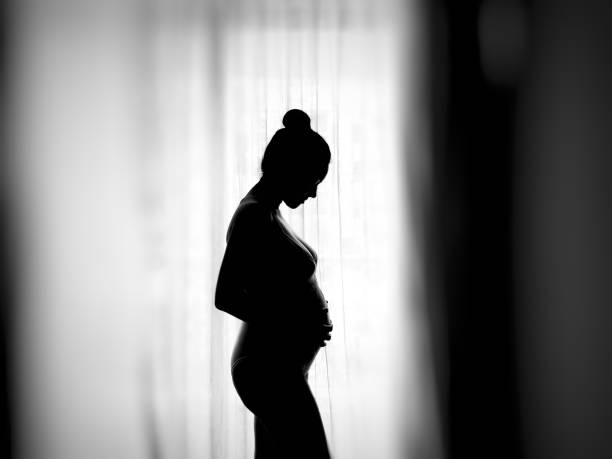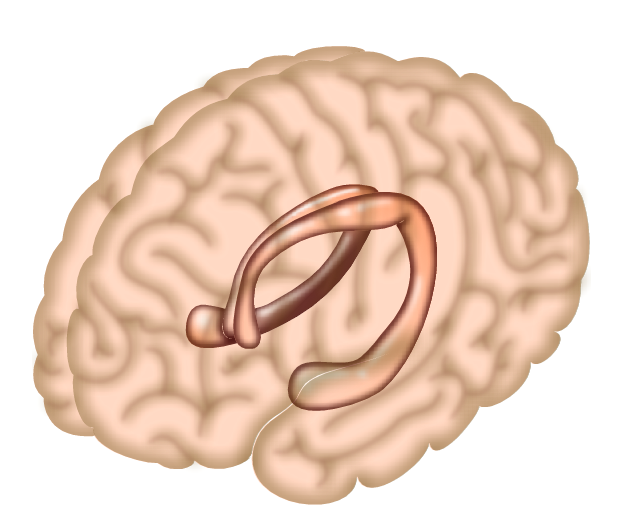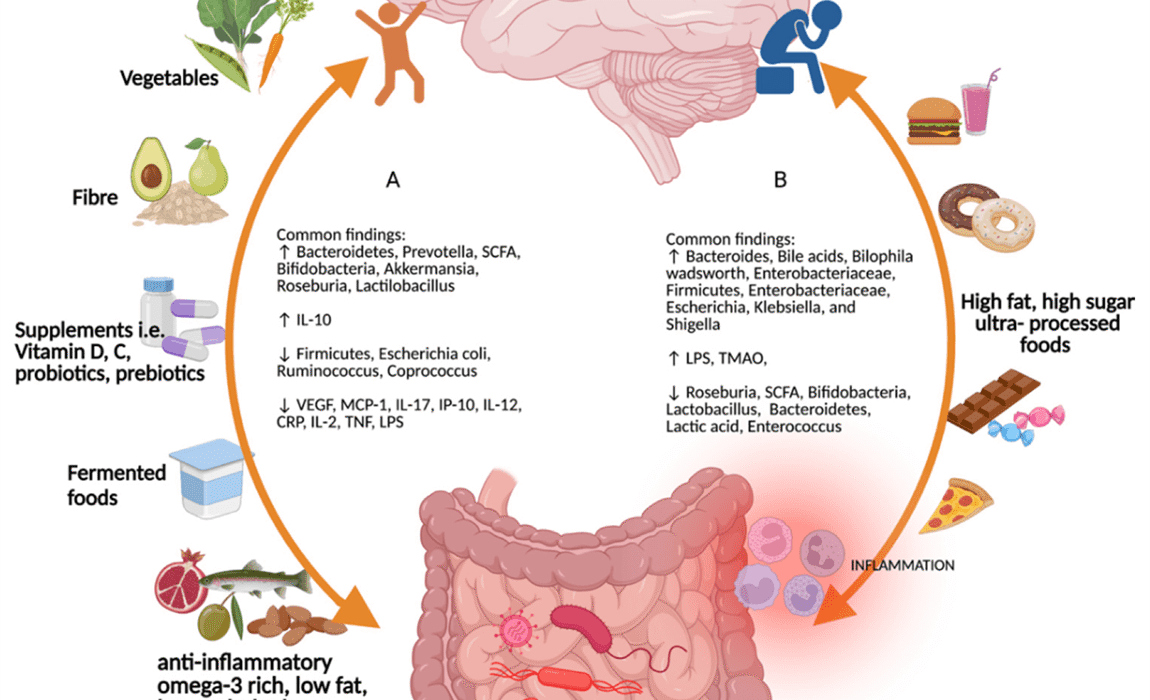Fertility is one of the most intimate aspects of health—and yet, it remains surprisingly misunderstood. Many women go through years of their reproductive lives without truly grasping the rhythms of their own bodies. The idea of the “fertility window” often floats around in conversation like a vague concept: something to do with ovulation, something about timing, something that can mean everything when you’re trying to conceive or trying to avoid it.
But the fertility window isn’t just a clinical term or a point of interest for women trying to get pregnant. It’s a sign of your body’s natural rhythm. It reveals how exquisitely tuned your reproductive system is. Understanding your fertility window can empower you not only to make informed decisions about conception, but also to better interpret the subtle—and sometimes loud—signals your body sends you each month.
Let’s dive into the beautifully intricate biology behind your fertility window, decode how to recognize it, and understand how hormones, cervical mucus, and even your emotions can serve as clues in your personal fertility roadmap.
Cycles: More Than Just Bleeding and Waiting
To understand the fertility window, you first need to understand what’s actually happening in a menstrual cycle. It’s far more than just menstruation. In fact, by the time your period starts, a whole hormonal ballet has already been in motion behind the scenes.
The average menstrual cycle is 28 days long, but normal cycles can range anywhere from 21 to 35 days. The first day of your period is considered Day 1 of the cycle. But while it may seem like the body is in rest mode during menstruation, it’s actually a time of powerful renewal. Hormone levels—especially estrogen—start to rise again, setting the stage for the next ovulation.
As estrogen builds, the uterine lining thickens in preparation for a potential pregnancy. This is the follicular phase, which lasts from the start of your period until ovulation. During this time, follicles in the ovaries mature, and usually one becomes dominant. Around the midpoint of the cycle, that dominant follicle releases an egg—a process called ovulation. This is where your fertility window opens wide.
After ovulation comes the luteal phase, when the hormone progesterone takes the lead. This phase is focused on nurturing a potential embryo. If the egg is fertilized and implants successfully, pregnancy begins. If not, progesterone levels drop, the uterine lining sheds, and the cycle begins again.
What Exactly Is the Fertility Window?
The fertility window refers to the span of days in your menstrual cycle when conception is possible. It’s not a broad, anytime-you-want sort of opportunity. In fact, it’s surprisingly brief. A woman is only fertile for about six days each cycle: the five days leading up to ovulation and the day of ovulation itself.
Why so short? The egg that’s released during ovulation has a life span of only about 12 to 24 hours. Sperm, on the other hand, can survive inside the female reproductive tract for up to five days. So, if you have sex in the days leading up to ovulation, there’s a good chance that viable sperm will still be around when the egg drops. But if you miss that window, conception becomes extremely unlikely until the next cycle.
This is why timing is everything when trying to conceive—and why tracking ovulation and fertile signs is such a central focus of fertility awareness.
The Language of Hormones
Hormones are the messengers that orchestrate every moment of your menstrual cycle—and they play a starring role in defining your fertility window.
At the start of the cycle, follicle-stimulating hormone (FSH) triggers the ovaries to begin maturing follicles. These follicles contain immature eggs, and as they grow, they produce estrogen. Rising estrogen levels cause the uterine lining to thicken and send a signal to the brain that it’s time to prepare for ovulation.
As estrogen peaks, it triggers a surge in luteinizing hormone (LH), which is the hormonal green light for ovulation. The egg is released roughly 24 to 36 hours after this LH surge, which is why LH predictor kits can be so helpful for timing intercourse when trying to conceive.
Once the egg is released, the ruptured follicle transforms into a structure called the corpus luteum, which produces progesterone. Progesterone is the nurturing hormone. It stabilizes the uterine lining, raises basal body temperature, and prepares your body for the possibility of pregnancy. If fertilization doesn’t occur, progesterone drops, and menstruation begins.
By learning how to read the signs of these hormonal changes—whether through charting, tracking temperature, or monitoring cervical mucus—you can begin to identify when you’re fertile and when you’re not.
Cervical Mucus: Nature’s Fertility Clue
One of the most fascinating (and often overlooked) signs of fertility is cervical mucus. It’s your body’s natural way of telling you what’s happening hormonally—and it’s an incredibly reliable indicator of when you’re approaching ovulation.
In the days after your period, you might notice little or no cervical mucus. As estrogen rises, you’ll start to see changes: mucus may become creamy or lotion-like. But as ovulation nears, cervical mucus transforms into a clear, stretchy, egg white-like consistency. This is fertile-quality mucus, and it creates an ideal environment for sperm to swim through the cervix and into the uterus.
The presence of this slippery, stretchy mucus is a strong sign that you’re in your fertility window. It’s not just about texture, either—this type of mucus actually nourishes sperm and helps guide them in the right direction. Once ovulation passes, mucus becomes thicker and drier, signaling the close of the fertile period.
Learning to observe and interpret your cervical mucus can be a powerful (and free) tool for understanding your fertility window in real time.
Basal Body Temperature: Tracking the Subtle Shifts
Your basal body temperature (BBT) is another important clue in the fertility puzzle. This is your body’s temperature at complete rest—usually measured first thing in the morning, before getting out of bed.
Before ovulation, BBT tends to be lower, usually ranging from about 97.0°F to 97.7°F (36.1°C to 36.5°C). After ovulation, progesterone causes a noticeable rise in temperature, typically around 0.5°F to 1.0°F higher than your pre-ovulatory temperatures.
This shift confirms that ovulation has occurred, though it doesn’t predict it. By charting your BBT over several months, you can begin to see patterns in your cycle and better understand when you’re most fertile. Some women use BBT tracking in combination with cervical mucus observation and LH testing to create a comprehensive fertility awareness strategy.
Emotions, Libido, and Other Subtle Signs
Beyond the biological markers, many women notice emotional or physical shifts around their fertile window. Increased libido is a common one—it’s nature’s way of nudging you toward baby-making behavior at the optimal time.
You might also feel more energized, confident, or sociable during ovulation, thanks to the effects of estrogen. Your skin may look clearer, your voice subtly higher, and your scent more attractive to others. These aren’t random changes—they’re all part of the evolutionary push to optimize fertility.
Some women experience light cramping or spotting during ovulation, known as “mittelschmerz,” which can serve as another clue. Paying attention to these subtle changes can help deepen your awareness of your body’s natural rhythms.
Irregular Cycles and Fertility Confusion
Not every woman has a textbook 28-day cycle with predictable ovulation on Day 14. In fact, many women experience irregular cycles due to stress, illness, thyroid issues, polycystic ovary syndrome (PCOS), perimenopause, or lifestyle factors.
Irregular cycles can make tracking your fertility window more challenging—but not impossible. In these cases, monitoring cervical mucus and using ovulation predictor kits can be especially helpful. Some women also turn to hormone testing, fertility monitors, or apps that use algorithms to help identify patterns over time.
If irregular cycles are persistent or accompanied by other symptoms—such as excessive hair growth, weight gain, or acne—it’s a good idea to speak with a healthcare provider to rule out underlying hormonal imbalances.
Fertility Awareness as Birth Control
Understanding your fertility window isn’t just useful for getting pregnant—it can also be used as a method of natural birth control. Fertility awareness-based methods (FABMs) involve identifying your fertile days and abstaining from sex or using protection during that time.
When practiced correctly and consistently, FABMs can be quite effective. However, they require commitment, daily tracking, and a strong understanding of your cycle. They’re not as foolproof as hormonal contraceptives, but they offer a hormone-free alternative for women who prefer to work with their body’s natural rhythms.
Modern Tools and Technology
Thanks to technology, tracking your fertility window has never been easier. Dozens of apps now offer cycle tracking, ovulation prediction, and even temperature integration. Wearable devices can monitor BBT, heart rate, and sleep patterns to estimate your fertile days with increasing accuracy.
Still, it’s important to use these tools wisely. Not all apps are created equal, and not all of them are based on solid science. Look for tools that are transparent about their algorithms and validated by research. Combining technology with body awareness is often the most effective approach.
Trying to Conceive: Timing, Patience, and Compassion
When you’re actively trying to conceive, the fertility window becomes a focal point of each month. The stakes feel higher, the timing more critical, the emotions more intense. It can be empowering to track your cycle, but it can also be frustrating when things don’t happen as quickly as you’d hoped.
Fertility isn’t just biology—it’s deeply emotional. The anticipation, the waiting, the disappointment, and the hope can take a toll. It’s important to approach this journey with compassion for yourself and your partner. Understanding your fertility window can improve your chances, but it’s not a guarantee. Conception is a complex dance, and sometimes it takes time.
If you’ve been trying to conceive for over a year (or six months if you’re over 35), it’s wise to seek support from a fertility specialist. There may be underlying factors at play that can be addressed with the right guidance.
Final Thoughts: Trusting Your Body’s Wisdom
Your fertility window isn’t just a scientific calculation—it’s your body’s whispering voice, gently telling you what’s happening beneath the surface. Learning to listen to that voice takes patience, attention, and a willingness to slow down and observe.
In a world that often separates us from our own biology, reclaiming knowledge of your fertility window is a radical act of self-awareness. It’s not just about planning for pregnancy or avoiding it. It’s about understanding how your body works, month after month, year after year. It’s about reconnecting with the very force that creates life.
Whether you’re charting your cycle to conceive, avoid pregnancy, or simply understand yourself better, the information you gather is more than just data. It’s insight. It’s power. And perhaps most importantly, it’s a reminder that your body, in all its complexity, knows exactly what it’s doing.






